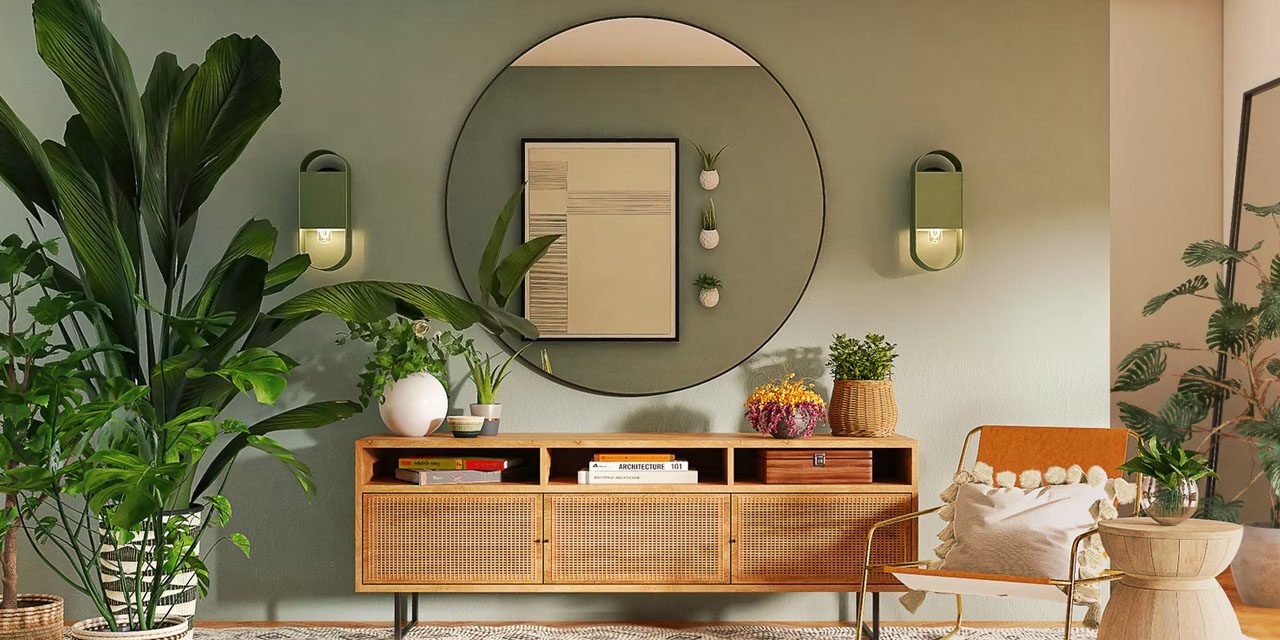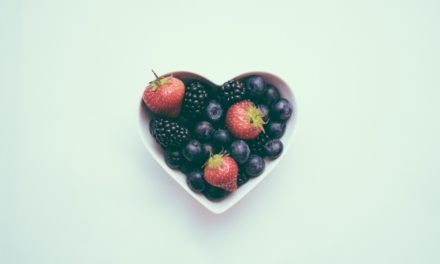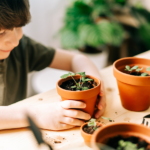Greenery has set roots in every home design setup, and the fact doesn’t surprise us. With so many varieties (hybrids included) available on the market, you can easily find the ones that suit your home orientation, decor, air quality, and budget. And you don’t even need a green thumb! The best plants for every room in your home are, at the same time, low-maintenance varieties that perfectly fit every lifestyle. And all levels of gardening expertise, too.
Entrance
Who better to greet you and your guests than rich and showy begonias? The easy-to-care-for Begonia semperflorens will be happy even on a shelf in the shade of a moderately lit foyer. This annual doesn’t require much space nor expects direct sunlight and prefers a temperature range of 58-72°F.
It will reward you with bright, soft flowers and vividly green foliage as long as you don’t overwater it. On average, water your begonias once every four days. The only challenge remains the fact they are available in over two thousand varieties. Look for wax begonia and new hybrid varieties to narrow down the choice.
Living room
The living room deserves a centerpiece that will be as inviting as it is comforting. If you don’t mind sharing the spotlight, place a couple of orchids near your window. These tropical plants with long-lasting flowers expect more light, so open the curtains and let the sunshine in. They will thrive if the air is humid, so bear this in mind if you live in a dry climate and keep your air humidifiers on.
Some of the plants that fit every living room design are also great attention grabbers. Fiddle leaf fig, Ficus Benjamina, Philodendron, and Rubber tree plant are all known to easily adapt to available light conditions, require watering once a week, and grow in height. If your living room is facing south and basks in direct sunlight, a Bird of Paradise will love it!
Bedroom
A bedroom is a place for most welcome respite, and even more so if it hosts a fragrant French lavender. This variety is known for its aromatherapy features, and it is best suited for growing indoors. Just like in Provence, it thrives in the sun. A south-facing window will be the ideal spot and a quick-draining pot a perfect home.
If you prefer a plant that will grow in medium, indirect light, a colorful Snake plant will fulfill your expectations. It doesn’t take much space, as it grows in height. Watering monthly will suffice. And most importantly, it removes toxins from the air even during the night.
Kitchen
Logically, the best plants for your kitchen are the aromatic ones you can enjoy both when you cook and when you don’t. Herbs such as rosemary, basil, and thyme are extremely easy to grow and will thrive on a sunny kitchen windowsill.
If you’re more of a cocktail person, mint is your choice. Aside from making your kitchen fresh and lively, rosemary flowers, camomile, and lemon mint (separately, of course) will make excellent herbal tea.
Bathroom
The humid atmosphere in your bathroom is most appreciated by air plants. Although quite trendy, over five hundred species of plants known as air plants or sky plants don’t have common names yet. You will find them if you look for the Tillandsia genus.
True to their name, these hardy plants don’t need soil to grow but extract water from the air. This characteristic makes them perfect for a clean environment such as your bathroom shelf. Instead of watering, mist them two to three times a week. Quite expectedly, they will appreciate the steamy shower atmosphere as much as you do.
Home office
With the growing need for home office space arose the need for improving this room’s aesthetic and comfort. Peace lily, Dracaena, and Parlour Palm will all look good as a background for your Zoom calls and purify the air in your home office. As well as Parlour Palm, Peacy lily prefers bright indirect sunlight, moist but well-drained soil, and some liquid fertilizer every two weeks during spring and summer.
Dracaena easily adapts to various light conditions and is very simple to grow indoors. As long as you water it properly by allowing it to drain well between waterings, it will thrive in the corner of your home office. If you have kept your dracaena in a garden, you can easily propagate it and grow new plants from stem cuttings. This is very important if you’re leaving a house for an apartment and can’t bring all your plants with you.
Kids’ room
Yes, it is possible to grow plants even in your little one’s room. Taking care of low-maintenance, soft, colorful, and non-toxic succulents can serve as a simple, fun, and stress-free lesson in responsibility and horticulture.
Succulents will forgive you if you don’t water them for a month, but they do love exposure to bright light. Keep them close to the window, and don’t worry; if they start to wither, simply water them, and they will spring back to life.
A few more noteworthy tips
Moving with houseplants
If you’re moving with your plants, prepare them and yourself for the relocation ahead. Not only do you need to keep them in good condition while they travel with you in your vehicle but make certain you can bring them to the destination state. Different states have distinct rules concerning plant import due to ecological reasons. You can find helpful information on the topic on the USDA website.
Adaptation to seasons
How seasons affect plants depends on whether the plant is native to the area or not. Strong seasons will affect tropical plants more intensely and the other way round. How do plants know this? The amount of sunlight changes over the year due to the tilt of the planet. Plants recognize this change during the winter months and adapt to it by shedding their leaves and soaking less water. If you want to provide optimal growth conditions all year long to your indoor plants, bask them in the right kind of light, one they can use for photosynthesis. The so-called grow lights are the solution and come in three varieties: LED lights, fluorescent lights, and High-Pressure Sodium (HPS) lights.
Also, the frequency of watering will vary depending on the plant variety, your climate, and season. Most watering recommendations refer to average amounts and frequency to encompass most varieties of the same species. A good rule of a (green) thumb is to halve this watering period during hot and dry months and double it during the cold and humid season.
Pet/plant compatibility
If you own a pet, you already know this one, but don’t forget to check if your chosen home plants are pet-friendly! A part of pet-proofing your home is ensuring that both your pets and your plants can happily coexist. And should you ever need a piece of advice regarding plant care, get in touch with your local nursery. Information on plants for every room in your home is most welcome when it comes from a pro who treasures them.















